Summary | Excerpt | Reading Guide | Reviews | Beyond the book | Read-Alikes | Genres & Themes | Author Bio
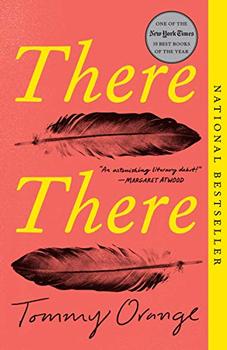
Critics' Opinion:
Readers' Opinion:
First Published:
Jun 2018, 304 pages
Paperback:
May 2019, 304 pages
 Book Reviewed by:
Book Reviewed by:
Meara Conner
Buy This Book
Fierce, angry, funny, heartbreaking - Tommy Orange's first novel is a wondrous and shattering portrait of an America few of us have ever seen, and it introduces a brilliant new author at the start of a major career.
There There is a relentlessly paced multigenerational story about violence and recovery, memory and identity, and the beauty and despair woven into the history of a nation and its people. It tells the story of twelve characters, each of whom have private reasons for traveling to the Big Oakland Powwow. Jacquie Red Feather is newly sober and trying to make it back to the family she left behind in shame. Dene Oxendene is pulling his life back together after his uncle's death and has come to work at the powwow to honor his uncle's memory. Opal Viola Victoria Bear Shield has come to watch her nephew Orvil, who has taught himself traditional Indian dance through YouTube videos and has come to the powwow to dance in public for the very first time. There will be glorious communion, and a spectacle of sacred tradition and pageantry. And there will be sacrifice, and heroism, and unspeakable loss.
Here is a voice we have never heard - a voice full of poetry and rage, exploding onto the page with stunning urgency and force. Tommy Orange writes of the plight of the urban Native American, the Native American in the city, in a stunning novel that grapples with a complex and painful history, with an inheritance of beauty and profound spirituality, and with a plague of addiction, abuse, and suicide. An unforgettable debut, destined to become required reading in schools and universities across the country.
Prologue
"In the dark times
Will there also be singing?
Yes, there will also be singing.
About the dark times?"
Bertolt Brecht
Indian Head
There was an Indian head, the head of an Indian, the drawing of the head of a headdressed, long haired, Indian depicted, drawn by an unknown artist in 1939, broadcast until the late 1970s to American TVs everywhere after all the shows ran out. It's called the Indian Head Test Pattern. If you left the TV on, you'd hear a tone at 440 hertz—the tone used to tune instruments—and you'd see that Indian, surrounded by circles that looked like sights through rifle scopes. There was what looked like a bullseye in the middle of the screen, with numbers like coordinates. The Indian head was just above the bullseye, like all you'd need to do was nod up in agreement to set the sights on the target. This was just a test.
In 1621, colonists invited Massasoit, chief of the Wampanoags, to a feast after a recent land deal. ...
Orange's debut novel is a masterful new addition to the canon of Native-American literature. There There is a stunning portrait of the interactions between culture and city and family and freedom...continued
Full Review
(765 words)
This review is available to non-members for a limited time. For full access,
become a member today.
(Reviewed by Meara Conner).
 Claire Vaye Watkins
There There is an urgent, invigorating, absolutely vital book by a novelist with more raw virtuosic talent than any young writer I've come across in a long, long time. Maybe ever. Tommy Orange is a stylist with substance, a showboater with a deeply moral compass. I want to call him heir to Gertrude Stein by way of George Saunders, but he is even more original than that. This book will make your heart swell.
Claire Vaye Watkins
There There is an urgent, invigorating, absolutely vital book by a novelist with more raw virtuosic talent than any young writer I've come across in a long, long time. Maybe ever. Tommy Orange is a stylist with substance, a showboater with a deeply moral compass. I want to call him heir to Gertrude Stein by way of George Saunders, but he is even more original than that. This book will make your heart swell. Louise Erdrich
Welcome to a brilliant and generous artist who has already enlarged the landscape of American Fiction. There There is a comic vision haunted by profound sadness. Tommy Orange is a new writer with an old heart.
Louise Erdrich
Welcome to a brilliant and generous artist who has already enlarged the landscape of American Fiction. There There is a comic vision haunted by profound sadness. Tommy Orange is a new writer with an old heart. Margaret Atwood, via Twitter
A gripping deep dive into urban indigenous community in California: an astonishing literary debut!
Margaret Atwood, via Twitter
A gripping deep dive into urban indigenous community in California: an astonishing literary debut! Marlon James, author of A Brief History of Seven Killings
There There drops on us like a thunderclap; the big, booming, explosive sound of 21st century literature finally announcing itself. Essential.
Marlon James, author of A Brief History of Seven Killings
There There drops on us like a thunderclap; the big, booming, explosive sound of 21st century literature finally announcing itself. Essential. Omar El Akkad, author of American War
There There is a miraculous achievement, a book that wields ferocious honesty and originality in service of telling a story that needs to be told. This is a novel about what it means to inhabit a land both yours and stolen from you, to simultaneously contend with the weight of belonging and unbelonging. There is an organic power to this book – a revelatory, controlled chaos. Tommy Orange writes the way a storm makes landfall.
Omar El Akkad, author of American War
There There is a miraculous achievement, a book that wields ferocious honesty and originality in service of telling a story that needs to be told. This is a novel about what it means to inhabit a land both yours and stolen from you, to simultaneously contend with the weight of belonging and unbelonging. There is an organic power to this book – a revelatory, controlled chaos. Tommy Orange writes the way a storm makes landfall. Pam Houston
This is Tommy Orange. Remember his name. His book's gonna blow the roof off.
Pam Houston
This is Tommy Orange. Remember his name. His book's gonna blow the roof off.According to the 2010 U.S. Census, 5.2 million Native Americans currently live within the United States. But their stories are largely ignored by mainstream literature. In a world where literature is dominated by white male-driven narratives, it is even more important that we popularize and appreciate indigenous stories. I'd like to take this opportunity to highlight two of my favorite Native American authors.
 Louise Erdrich's debut novel, Love Medicine was published in 1984. She quickly made a place for herself as one of America's great contemporary authors, but is most notable for her detailed and thoughtful portrayals of Native American communities throughout the United States. Part of the Chippewa tribe, Erdrich recognized...
Louise Erdrich's debut novel, Love Medicine was published in 1984. She quickly made a place for herself as one of America's great contemporary authors, but is most notable for her detailed and thoughtful portrayals of Native American communities throughout the United States. Part of the Chippewa tribe, Erdrich recognized...
This "beyond the book" feature is available to non-members for a limited time. Join today for full access.

If you liked There There, try these:
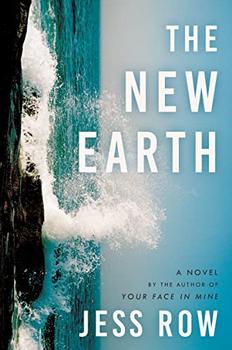
by Jess Row
Published 2024
A globe-spanning epic novel about a fractured New York family reckoning with the harms of the past and confronting humanity's uncertain future, from award-winning author Jess Row
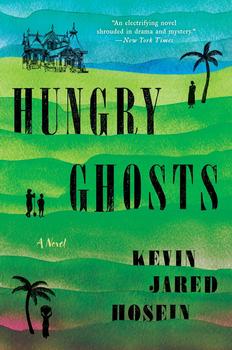
by Kevin Jared Hosein
Published 2024
From an unforgettable new voice in Caribbean literature, a sweeping story of two families colliding in 1940s Trinidad - and a chilling mystery that shows how interconnected their lives truly are.
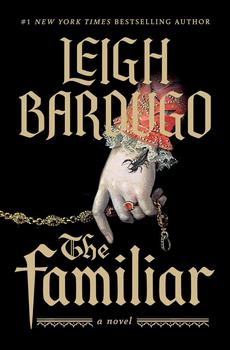
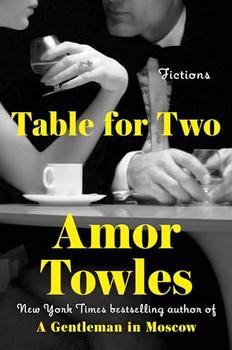
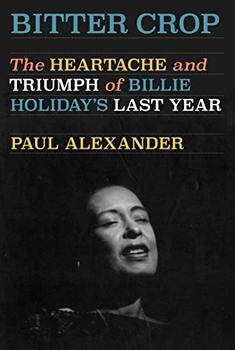
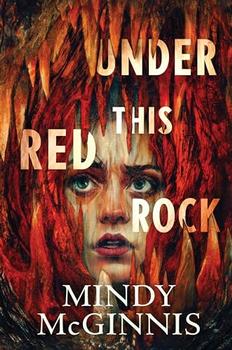

The House on Biscayne Bay
by Chanel Cleeton
As death stalks a gothic mansion in Miami, the lives of two women intertwine as the past and present collide.

The Flower Sisters
by Michelle Collins Anderson
From the new Fannie Flagg of the Ozarks, a richly-woven story of family, forgiveness, and reinvention.

The Funeral Cryer by Wenyan Lu
Debut novelist Wenyan Lu brings us this witty yet profound story about one woman's midlife reawakening in contemporary rural China.
Your guide toexceptional books
BookBrowse seeks out and recommends the best in contemporary fiction and nonfiction—books that not only engage and entertain but also deepen our understanding of ourselves and the world around us.